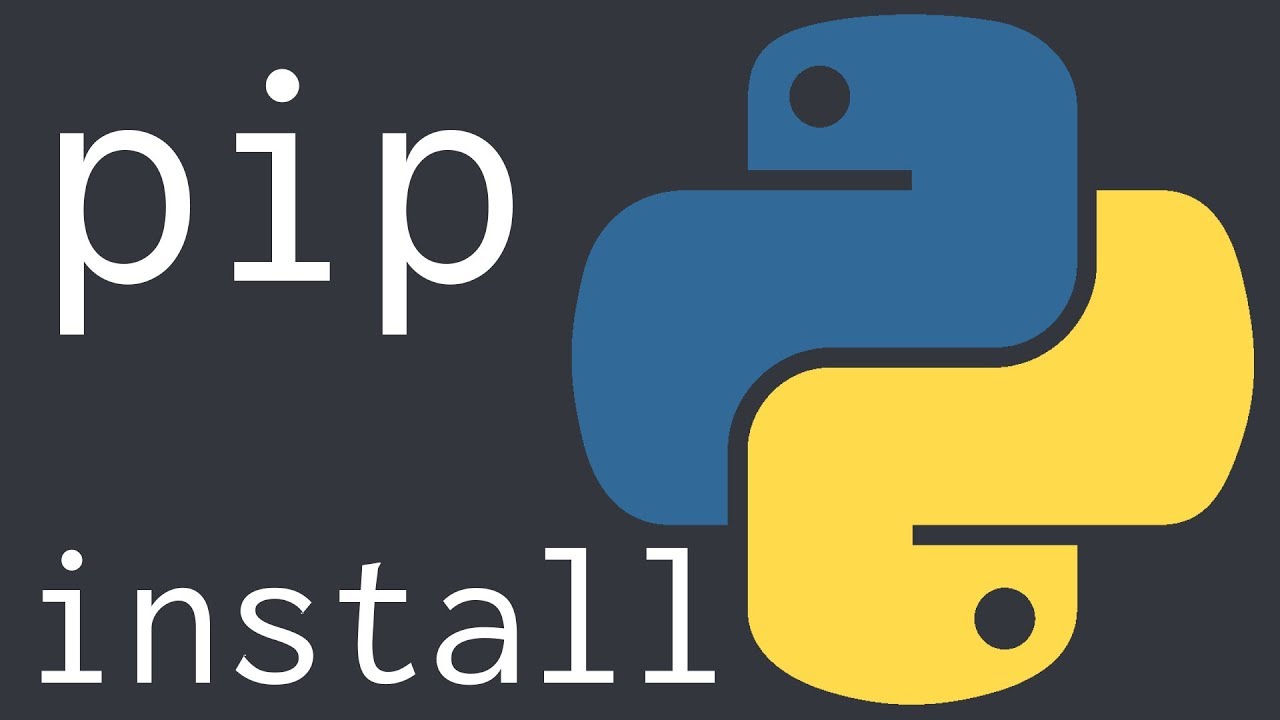$ pip freeze > requirements.txtPip freeze outputs installed packages to a text file. Besides serializing my project's dependencies, it also includes dependencies of dependencies. For example, here's what blogthedata.com's requirements.txt used to look like:
# requirements.txt
asgiref==3.5.1
async-generator==1.10
attrs==21.4.0
beautifulsoup4==4.9.3
black==22.3.0
certifi==2020.12.5
cffi==1.15.0
chardet==4.0.0
charset-normalizer==2.0.12
chromedriver-autoinstaller==0.3.1
click==8.1.3
coverage==6.3.2
cryptography==37.0.2
Django==3.2.13
django-admin-honeypot==1.1.0
django-ckeditor==6.4.1
django-coverage-plugin==2.0.2
django-csp==3.7
django-fastdev==1.7.2
django-js-asset==2.0.0
django-ranged-response==0.2.0
django-robots==5.0
django-simple-captcha==0.5.14
django-sri==0.3.0
filetype==1.0.10
flake8==3.9.2
geckodriver-autoinstaller==0.1.0
h11==0.13.0
idna==2.10
mccabe==0.6.1
mypy-extensions==0.4.3
outcome==1.1.0
pathspec==0.9.0
Pillow==8.3.2
platformdirs==2.5.2
psycopg2==2.9.3
pycodestyle==2.7.0
pycparser==2.21
pyflakes==2.3.1
pyOpenSSL==22.0.0
PySocks==1.7.1
python-dotenv==0.20.0
pytz==2022.1
requests==2.25.1
selenium==4.1.3
six==1.16.0
sniffio==1.2.0
sortedcontainers==2.4.0
soupsieve==2.1
sqlparse==0.4.2
tomli==2.0.1
trio==0.20.0
trio-websocket==0.9.2
typing_extensions==4.2.0
urllib3==1.26.3
wsproto==1.1.0
It's hard to figure out what my app really requires. The approach I switched to in this commit is to only include modules that are actually used by my application.
black==22.3.0
chromedriver-autoinstaller==0.3.1
coverage==6.3.2
Django==3.2.13
django-admin-honeypot==1.1.0
django-ckeditor==6.4.1
django-coverage-plugin==2.0.2
django-csp==3.7
django-fastdev==1.7.2
django-robots==5.0
django-simple-captcha==0.5.14
django-sri==0.3.0
filetype==1.0.10
flake8==3.9.2
geckodriver-autoinstaller==0.1.0
Pillow==8.3.2
psycopg2==2.9.3
python-dotenv==0.20.0
requests==2.25.1
selenium==4.1.3
With a shortlist of modules, pip performs the heavy lifting of figuring out nested dependencies. It has the following advantages:
- Only include 1st level dependencies, so it’s clear what my project actually relies on.
- If a module removes a sub-dependency in an update, it doesn't stick around in my requirements file.
- Dependencies can change between operating systems. By letting pip figure out sub-dependencies, I guarantee pip installs the correct modules.
What do you think? DM me on Twitter @_jsolly about it!
Comments
- No comments yet.

John Solly
Hi, I'm John, a Software Engineer with a decade of experience building, deploying, and maintaining cloud-native geospatial solutions. I currently serve as a senior software engineer at HazardHub (A Guidewire Offering), where I work on a variety of infrastructure and application development projects.
Throughout my career, I've built applications on platforms like Esri and Mapbox while also leveraging open-source GIS technologies such as OpenLayers, GeoServer, and GDAL. This blog is where I share useful articles with the GeoDev community. Check out my portfolio to see my latest work!








0